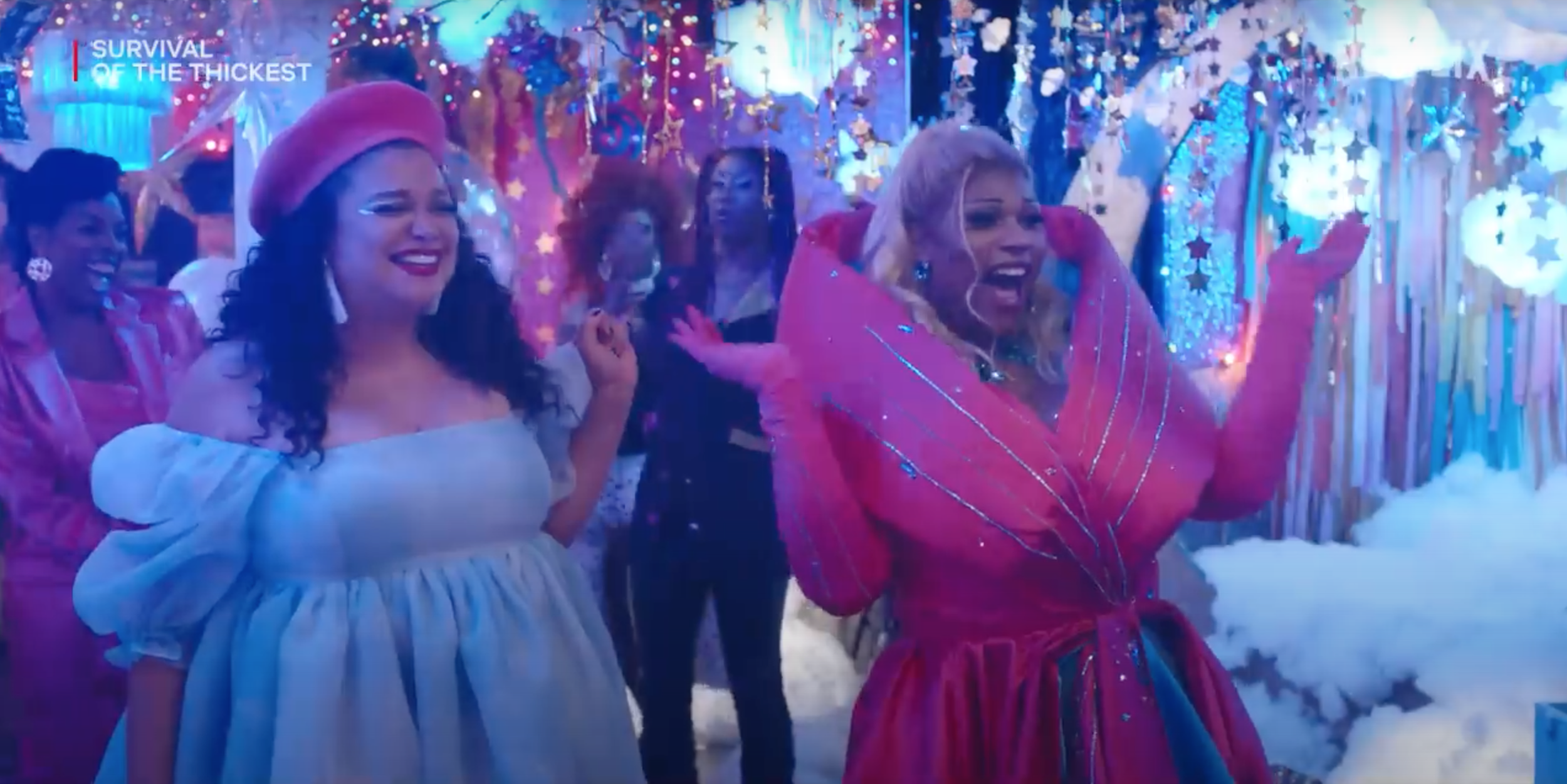The Industrial Wellness Complex is knocking on our door. Here’s why we aren’t answering.
by Krysty Krywko
photo Aaron Burden for Unsplash
“Midlife has become the newest battlefield in the wellness industrial complex.”
Close your eyes for a moment. What comes to mind when you think about wellness?
Do you see yoga classes and juice cleanses?
Organic produce and high-end clothing?
Essential oils and crystals?
Just curious.
I’m not making fun of any of these things.
But, our conception of wellness needs to run deeper than that.
The wellness industrial complex has always been linked with healthy food and beverages, the right attire, and access to exclusive retreats and spas. These are the easy, clean, fun parts of what wellness can bring to our lives. Wellness, as it’s commonly accepted, is an active, ongoing pursuit, that holds out the promise of an ideal. This ideal can be yours if you spend the right amount of money, and use the right products.
The dark side of this, of course, is that there is a need for us to be in a constant state of improvement. That who we are, is not good enough, there is always something that can be fixed.
Wellness has been reduced to a commodity, something that can be bought, a problem with a solution that is found in high end artisanal products. And it’s been reduced even further to a focus on physical wellness, the relentless pursuit of “finally” being able to rock a bikini, or the idea that juice cleanses will protect you from cancer.
In short, the wellness industrial complex does not want you to love yourself. If everyone all of a sudden did this, the industry would collapse.
It does not want you to accept yourself for who you are – your body shape, your skin tone, your sexuality, your age. As Aubrey Gordon, co-host of the podcast, Maintenance Phase, says, “you’re supposed to want to be thinner, younger, whiter, and blonder.”
Midlife has become the newest battlefield in the wellness industrial complex. It’s like they just discovered that women over fifty do exist, and they have money to spend. And, guess where they want you to invest that money? In procedures, and products, and potions that hold out the promise of erasing your age.
By focusing on only the physical piece of wellness, we’ve let mental and emotional wellness atrophy a little bit. We’re not sure what it feels like to be ourselves anymore. There’s a constant roller coaster of informational numbing that occurs. We don’t know what rest really looks like, and we’re not so good at naming our emotions. A study led by Brene Brown, found that the majority of adults can only name three emotions – happiness, sadness, and anger. (Researchers have yet to agree on the exact number of emotions, but Marc Brackett, Ph.D., author of Permission to Feel, suggests there are at least 144.)
Then because we don’t spend enough time on our mental and emotional wellness, and there certainly aren’t enough societal supports, we turn to coping mechanisms—like alcohol, drugs, shopping, Netflix—so we can numb out and not have to deal with what we’re feeling. Which can take you to some pretty dark places.
The focus on wellness can in itself become a form of numbing. Where we become so targeted on the pursuit of perfection. Where we see ourselves as a project that needs to be fixed. We don’t allow ourselves the grace to see ourselves as who we really are.
And, it sometimes seems that’s right where the wellness industry wants us: zoned out on our couches. That way we’ll continue to buy our way to wellness (the global wellness industry is valued at 4.5 billion) and hopefully not notice the gutting of women’s healthcare, or the unequal access to wellness programs.
What if we flipped our current wellness model on its head. Instead of having the wellness industrial complex talk down to us, and flip-flop from trend to trend, what if wellness was created from the consumers point of view and used to take our power back?
What would that look like? How would that feel?
For starters, I feel we would find the space to accept ourselves. Think of all the time, energy, and money we would save if we weren’t continuously holding ourselves to impossible standards.
We would be able to create the spaces, and supports, to focus on our mental and emotional health.
We would be able to shift the focus from the individual, to creating wellness communities that are accessible for anyone.
We would realize that our self-worth isn’t tied to the number on a scale, or the size of our pants.
I’m 53. I’m divorced. I’m sober. I’m not supposed to love myself. But, I do.
I’m not supposed to accept myself for who I am. I’m supposed to want to change my appearance. To regain my youth. I’m supposed to want to get rid of the laugh lines and the furrowed brow. I’m supposed to want surgery on at least one of my body parts so I can look “better.”
I’ve seen brilliant beautiful women beat themselves up over not being able to hold themselves to a rigid intermittent fasting schedule. Or feel like a failure because they were sick and had to miss a day of their fitness calendar. In so many instances we blindly follow gurus and influencers, instead of slowing down and asking ourselves what we truly do need.
But, one thing that we’re very rarely asked to do, is to slow down and remember who we already are.
*This post contains an affiliate link.
Read more:
She’s 54, surfing, and teaching others to do the same





